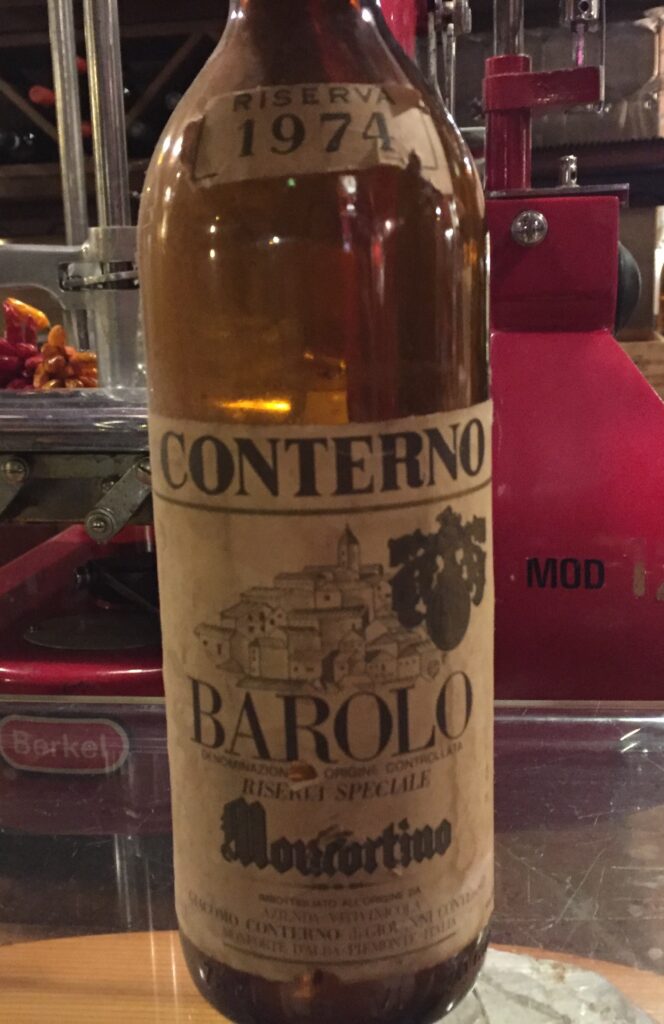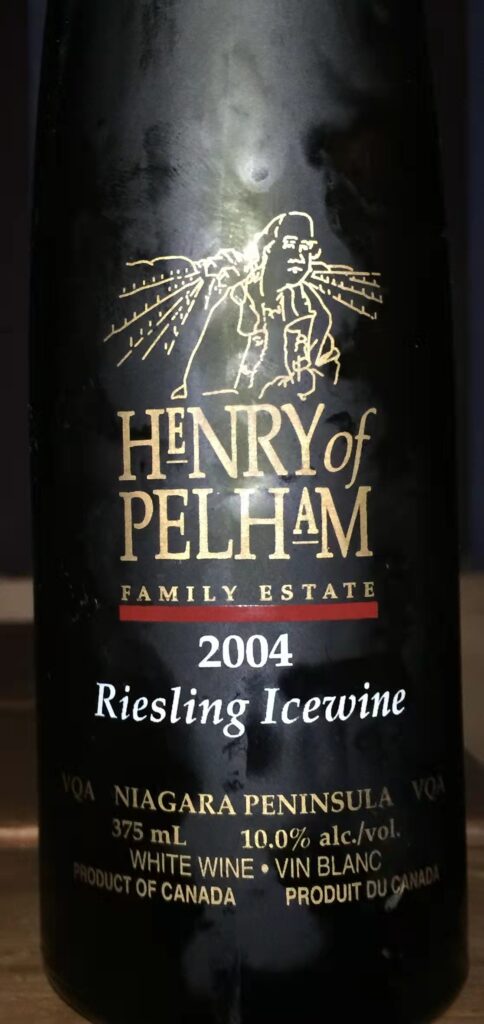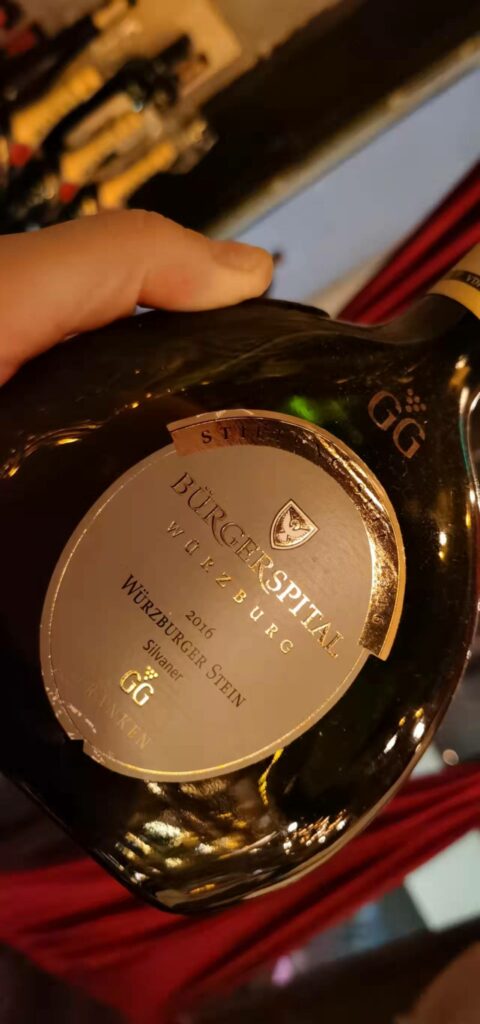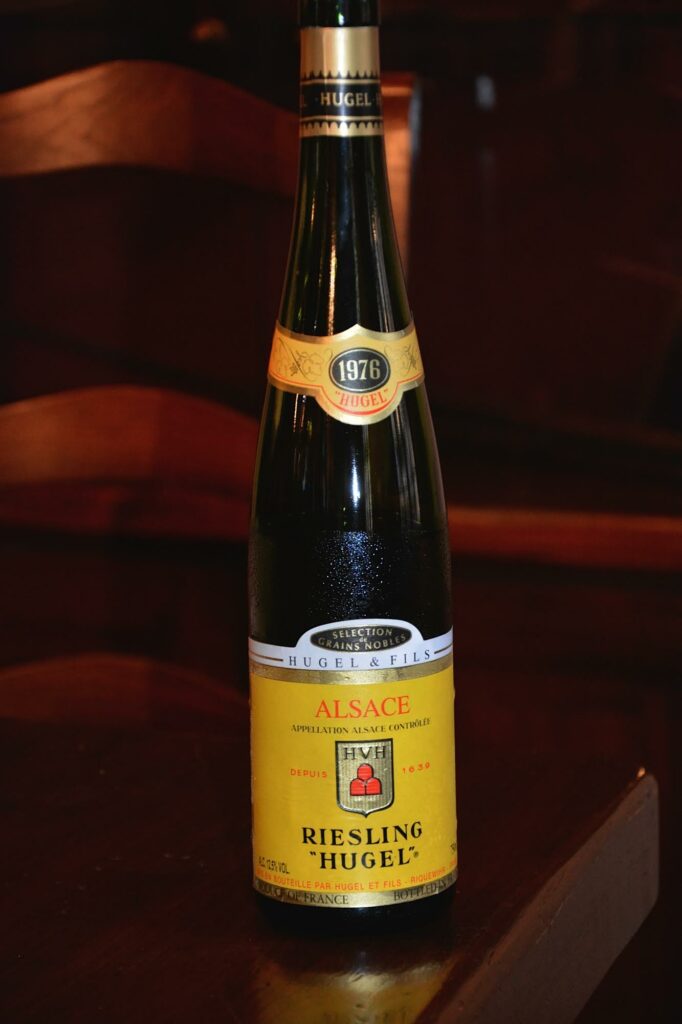After similar pieces by Robert Millman and Michael Apstein, this is the last installment of our “5 Best Wines” series for 2021; next week we will bring you the last three, much bigger, articles on the best wines of the year, with Ian D’Agata’s “Italy’s Best Buy Wines of 2021”, the “Best Italian Wines of 2021” and last but not least, the “Worldwide Top 100 Wines of 2021” which will have quite a few surprises in store. Look for these on Wednesday, Thursday and Friday of next week.
In any “Five Best” sort of articles, choices are fatefully limited and difficult. There are simply too many great wines being made all over the world today to just pick five wines; it’s unrealistic to be able to really choose five wines without wanting to list others as well. There may well be one or two wines that were so unbelievably great that they floated heads and shoulders above everywhere else, but oftentimes agreeing on the other three wines is just plain impossible. Also, what does “best” really mean? Here too, there are many different options in the definitions one may choose to use. Md so it is that my “Best 5” list is, much like that of Robert and Michael before me not an “absolute bests” list, but a list of “relative best” wines, relative to wine grape, wine area, price, but also, more importantly, to the pure joy the wine gave me upon trying it. So, in many ways, these were the best wines of the year for me: perhaps not the best in terms of organoleptic profiles or of scores, but just because of the sheer pleasure and why not, of the surprise factor they delivered at first and every sip thereafter. In other words, wines that surprised for I never expected them to be as unbelievably good, great really, as they were. What were your five favourites wines of the year? Do write us in the comments and questions section and let us know we are all interested here at the TerroirSense Wine Review in the wines that you liked.
Giacomo Conterno 1974 Barolo Riserva Speciale Monfortino 95

Sometimes a wine surprises you for how bad it is, and sometimes it’s the other way around. With the Giacomo Conterno 1974 Barolo Riserva Speciale Monfortino, it is the latter of these two realities that takes hold. Not that I expected the 1974 Monfortno to be anything but outstanding when I tasted it once again just a few months ago; after all, it is a wine that I have tasted umpteen times in my life, and outside of the 1978 Monfortino and all the Monfortinos from the 1980s onwards, it remains to this day the Monfortino I have tatsted most bottles of. So it is a wine I know well. Very well. And yet, even I was pleasantly surprised by the depth and wealth of fruit that this particularly beautiful bottle showcased for my always eager tastebuds. Still relatively dark in colour for a wine now fifty years old but with an age-appropriate garnet rim, the nose offers a panoply of expected tertiary aromas (faded rose petals, underbrush, porcini, crystallized red cherry and mint, the latter a typical finding in Barolos made with grapes from Monforte (more about this later). Then similar flavours to the aromas, but with rising depth and compelling sweetness of fruit, and with a hint of cocoa complementing the balsamic oil and minty nuances on the very long finish. I have always felt that the 1974 is an underrated year in Barolo circles, but when one gets a well-cellared wine the quality of the vintage becomes apparent to all in the room. In the case of Giacomo Conterno’s Monfortino, the wine has always been a stellar one; perhaps not in the same league as the 1971 or 1978, but stellar nonetheless. The 1974 vintage is important in Giacomo Conterno circles for another reason too, that being that it is the year the winery bought the Cascina Francia holdings and therefore stopped making wines from purchased fruit thereafter. So the 1974 is the last vintage of Monfortino in which grapes from Monforte were included in the wine (but the ‘Cascina Francia’ monicker did not appear on the label of the “classic” Barolo until the 1980 vintage), hence the stronger note of mint in the wine than in most other younger vintages of the wine). Drinking window: now-2030.
Henry of Pelham 2004 Riesling Icewine Niagara Peninsula 94

I have always believed that the Henry of Pelham Family Estate Winery makes not just Canada’s best Baco Noir wines (the Reserve bottling) and one of the three best, most dependable, sparkling wines the country can boast about, but also makes some of the best Riesling Icewines of all. I believe this because more than other Canadian Riesling Icewines, theirs have a daintiness and a purity that elevates them into a realm of elegance that is not always reached by some of their collegaues. I recently retasted the last of my 2004 Icewines of theirs, a wine that I had bought quite a few bottles of back upon release (at that time I was building a large cellar of Canadian Icewines by which to follow their development and ageworthiness over time, in fact the subject of a future book of mine that will detail, among many other hopefully interesting chapters, also well over three hundred tasting notes just devoted to older vintages of Canadian Icewines). The Henry of Pelham 2004 Riesling Icewine Niagara Peninsula is beautifully bronze-amber in colour with golden highlights: at almost twenty years of age it is still vibrant and good-looking. Remarkably, it oozes richness and lusciousness already on the nose, never mind the palate, where you’d expect to find just that. But on both nose and palate there is wave after wave of peach, ginger, coriander, lime, chestnut honey, figs macerated in alcohol, raisins and cinnamon. It finishes long and rich, with just about acidity to avoid coming across as cloying. I’ll admit this beauty is on its last legs, but it has lived on for longer than I would have expected. While it’s optimal drinking period was probably reached about five years ago and it began a decline after that, the wine is still wondrously beautiful and a joy to sip on. All in all, it’s a piece of history besides, not just of good taste. The Henry of Pelham Family Estate Winery is an estate winery located on the Short Hills Bench at the base of the Niagara Escarpment (a United Nations biosphere) in St. Catharines, Ontario (roughly 110 km fromToronto) and has been owned and operated by the Speck family since 1984. The estate is named after Henry (Smith) of Pelham, an early settler in Upper Canada’s Niagara Peninsula. Drinking window: now.
Burgerspital 2016 Silvaner Wurburger Stein Franken 94

Silvaner (or Sylvaner, as it is written in Alsace and Italy, and also in older times in Germany) ois one of the world’s most underrated great grapes that can give wines of wondrous mineral purity, steely precision and somewhereness. Franken’s Burgerspital certainly is among the world’s best at making great wines from this oft-misunderstood variety, and it really shouldn’t surprise, given that Silvaner was first planted in Germany by the Bürgerspital and Würzburg back in 1665 in the Würzburger Stein vineyard. Silvaner is a natural crossing of Traminer × Österreichisch Weiß, and most likely originates from Austria, but it’s the German Bürgerspital estate in Würzburg with its more than 700 years of history and tradition that is making wines that literally sing right now. The Stein is an 85 hectare large oyster shell-shaped amphitheatre (about 33% of which is owned by the Bürgerspital) overlooking Würzburg that is characterized by a very warm, sunny mesoclimate and a mostly weathered limestone soil [(the estate has further subdivided its holdings within the Stein by creating the Stein-Harfe (or “stone harp”, in English) and the Stein-Berg, in the western side of this vineyard)]. The Burgerspital 2016 Silvaner Wurburger Stein Franken is a thing of beauty: pale straw green, with extremely well-delineated aromas and flavours of white peach, green apple, pear, chamomile, coriander, plus a smidge of tangerine, and is imbued with a liquid minerality that is hard to forget. In a word, wonderful. In another four, and ageworthy as well. Drinking window: 2026-2040.
Gaja 1961 Barbaresco 97

From one of the best Barbaresco vintages of all time (an atypically hot year for the 1960s, so much so that the harvest was finished by September that year), comes one of the best wines ever made by Gaja. Storage and lot number are everything in this case, as over the years I have had a few bottles of this wine that were less than what they should have been, as is only normal with sixty years old wines. But when you latch on to a well-kept bottle, look out, for the fireworks really start. Garnet red in colour, this wine has a translucent quality not just to its colour but to its aromas and flavours too. Downright sexy in its suave, silky like nuances of red rose petals, camphor, licorice, tar and orange peel, with a hint of fresher violet emerging with aeration, the 1961 Gaja Barbaresco is characterized by smoother than silk tannins and an extremely long finish. A smashingly good wine. Drinking window: now-2035.
Hugel 1976 Riesling Sélection de Grains Nobles Alsace 100

It was Jean “Johnny Hugel”, tireless worldwide ambassador of the greatness of Alsatian wine, who drew up the guidelines for the production of Alsace sweet wines (Vendanges Tardives and Sélection de Grains Nobles) that became law in the 1980s (later revised and updated on two different occasions). Sweet wines from Alsace had been made for centuries but by the mid-twentieth century lax controls and an absence of rules and regulations had allowed things to get out of hand, with many in the region labeling their sweet wines with German names such as “Auslese”. In fact, back in the 60s Hugel did too; and it was at long last Johnny Hugel who devised the French language names for these special wines, such that, for example, the German term “beerenauslese” gave way to the ‘Sélection de Grains Nobles’ everybody uses today. Founded in 1639 in Riquewihr and in the same family hands ever since then, Hugel is truly one of the world’s greatest names in wine. Though SGN wines can be made from just about any grape variety, Riesling is perhaps the best and certainly the stingiest at giving the most unforgettable wines of this sweet wine category (Riesling is less prone to noble rot than say than Pinot Gris or Gewurztraminer). But the 1976 vintage, a hot one, proved grandiose for Alsace and its wines: not endowed with the greatest of acidity levels, they are rich perfumed and powerful wines that are really unforgettable. And so it is with the Hugel 1976 Riesling Sélection de Grains Nobles Alsace, a monument. While the harvest began on September 20, the Riesling SGN grapes were picked on October 20, and fermented until July of the following year, when it was racked. Golden yellow with tenuous bronze tinges, the nose offers myriad suggestions, of which candied apple, honey, cinnamon, jasmine, crystallized ginger, kumquat and cinnamon stand out the most. Rich but refined, suave but powerful, sweet but vibrant the flavours are similar to the aromas and lasts for what seems like forever. They tell me that Johnny Hugel used to tip his hat every time e walked bu this wine’s cask prior to bottling, and tht he really considered it to be the greatest wine he ever made, and for what it’s worth, I think such high praise is totally warranted. Drinking window: now-2035.

 English
English



